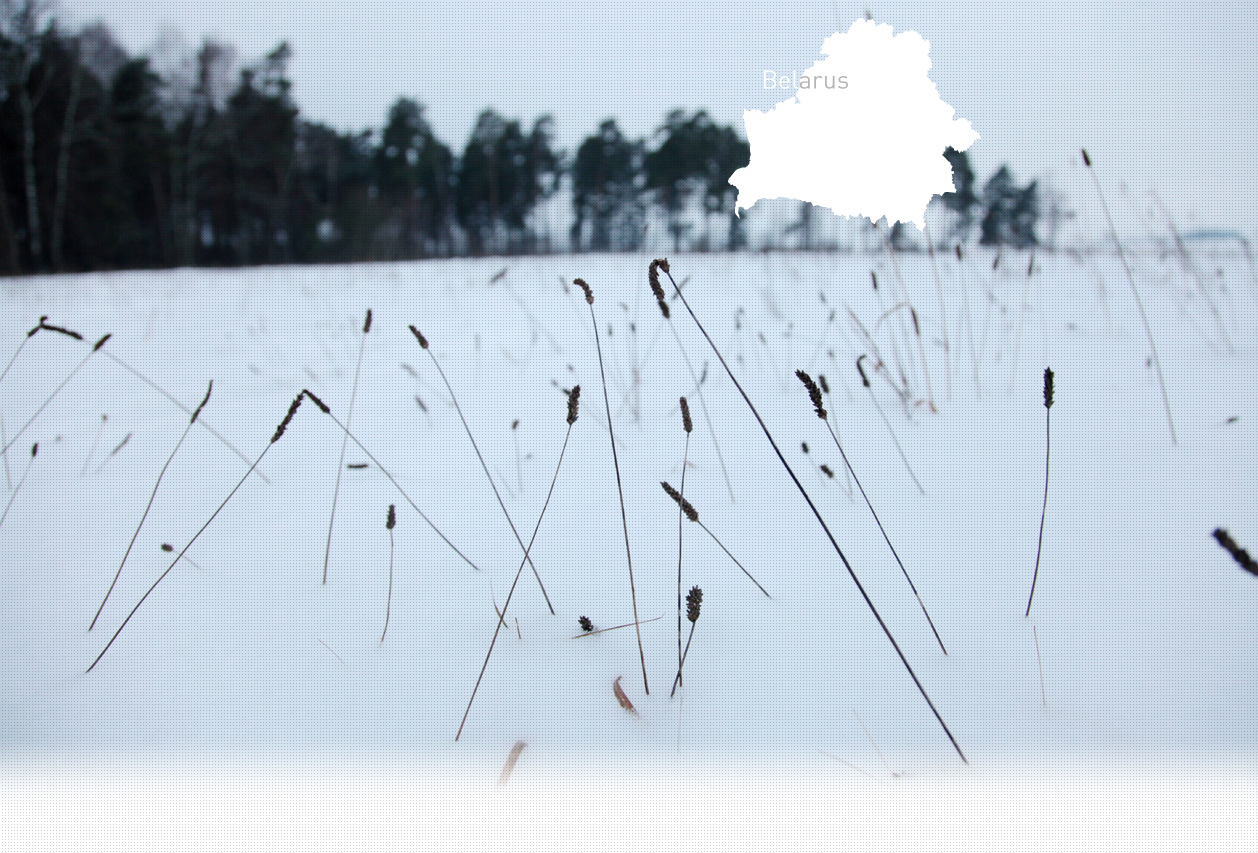

1 Killing site(s)
Olga M., born in 1925: “Once the Jews had been shot, the Germans started to persecute the local population. All young girls and boys, born from 1923 to 1925, were rounded-up and taken away to Germany. Some managed to run and hide during the raids, but many of us were taken. I was arrested by the police, put on the truck along with the others. We were first taken by truck to Dubrovno. In Dubrovno, we were put in cattle wagons and taken to Germany. As far as I can remember, we were taken somewhere close to Essen, but I don’t know exactly where we were. We had to work in a camp, doing laundry.” (Witness n°1045, interviewed in Bayevo, on November 2, 2019)
“Many Jews lived in the village of Bayevo before the war. Once the district was occupied by Germans, they proceeded to shoot the entire Jewish population. The following Jewish families were shot: [the list of victims].” [Deposition of Leonid S. given to the State Extraordinary Commission (ChGK)]; RG.22-002M: GARF 7021-84-6]
Bayevo is located 40km east of Orsha, close to the Russian border. The village was first mentioned in documents in 1560. The first records regarding the Jewish community go back to the early 19th century. In 1861, only 168 Jews lived in the village. By 1897, the community had grown to 505 Jews, making up more than a half of the local population. The majority of Jews lived off small scale trade or handicrafts, working as shoemakers, tailors, carpenters and blacksmiths. There were two bakeries, a windmill, as well as six shops that were owned by Jews. With the creation of the kolkhozes, many Jews started to work in agriculture. As a result of the immigration to bigger towns, the size of the Jewish population decreased. Thus, in 1923, only 243 Jews (33% of the total population) lived in the village. There was a synagogue and a heder.
Bayevo was occupied by the Germans in July 1941. The Jews continued to live in their houses and excel in their respective jobs until the day they were all rounded-up and executed. The Aktion was conducted by the German gendarmerie in late September-early October 1941. During the Aktion, the remaining 200 Jews were rounded up in their homes by the Germans and local policemen and taken outside the village, about 1.5km to the north, where they were murdered in antitank trenches. The execution site is located near the Mereya river. Today, there is no memorial at the site.
Do you have additional information regarding a village that you would like to share with Yahad ?
Please contact us at contact@yahadinunum.org
or by calling Yahad – In Unum at +33 (0) 1 53 20 13 17